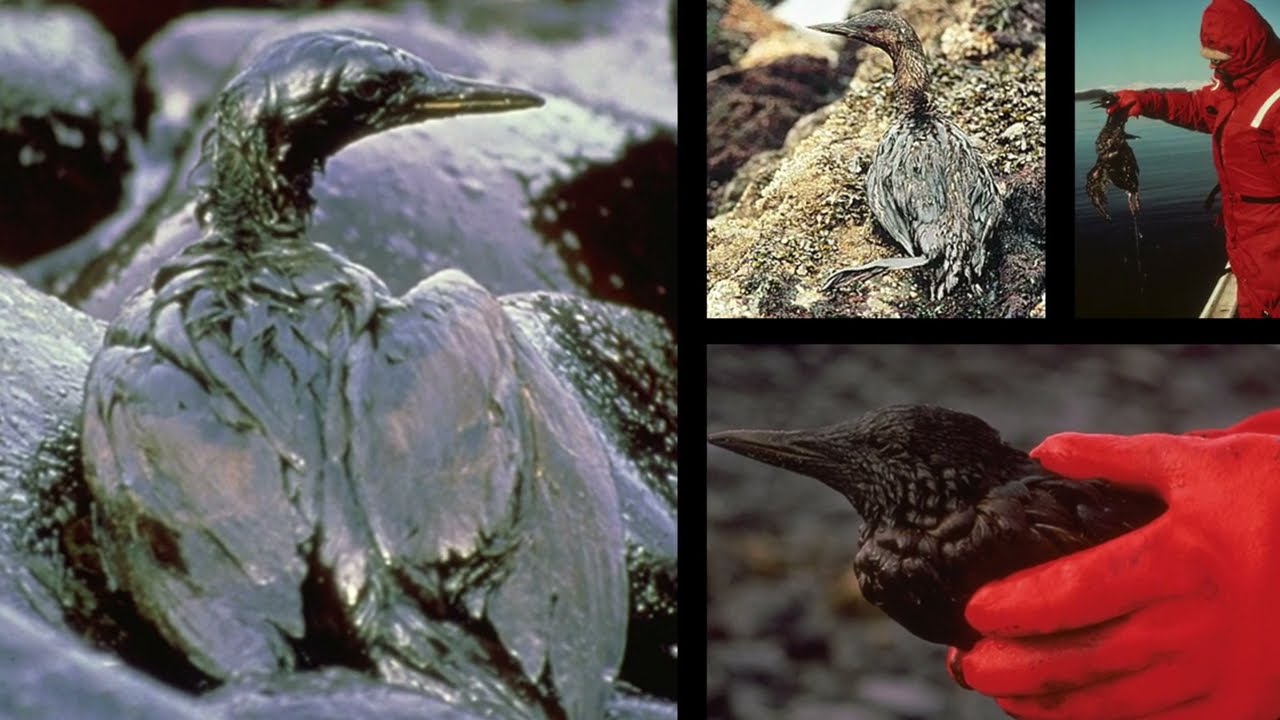– The ripple effect of oil spills on marine and bird life, with an in-depth look at their immediate and long-term impact.
– Understanding the survival tactics of sea otters and birds and the crucial role of rescue and rehabilitation efforts.
– A glimpse into the specialized care provided to creatures affected by oil and how we can make a difference in their future.
In the vast expanse of our beautiful blue planet, every creature plays a pivotal role in maintaining the delicate balance of nature. Among these, sea otters and birds are not just mesmerizing to behold but are also critical to the health of their ecosystems. Imagine the crisp, untouched wilderness of Alaska, a region teeming with life and abounding in untamed beauty. But even here, amidst the grandeur, accidents can strike—a sudden oil spill painting a dark smudge over this pristine canvas, threatening the lives of countless creatures. Today, we embark on a journey to explore the resilience of these animals in the face of adversity and the hope that shines through the efforts to save them.
When oil gushes into the marine environment, the consequences are devastating and far-reaching. For sea otters, these spills are a dire threat to their survival. Their luxuriously thick fur is coated in oil and loses its insulating properties, leaving them vulnerable to the cold. Unable to stay warm, they may succumb to hypothermia. The oil also poses a risk of poisoning; as they frantically groom themselves in an attempt to restore their fur’s insulating trait, they ingest the toxic substance, leading to internal harm that can cause severe distress or even death.
Birds encounter a similar plight. The feathers that once kept them afloat and insulated are now saturated with oil, diminishing their ability to regulate temperature and impairing their flight. Grounded, cold, and defenseless, they are easy prey for predators or may perish from exposure to the harsh elements. But the adversity doesn’t end there; ingesting oil while trying to clean their feathers leads to a toxic internal environment, compromising their delicate systems.
This is where the unyielding spirit of life and the human hand of care come together in a powerful alliance. Rescue operations are immediately mobilized, with experts in wildlife care leading the charge. They gently wash each animal safely and meticulously, removing the sticky oil. These cleaning sessions can be stressful for the creatures; hence, they are handled with the utmost compassion and professional expertise to minimize harm.
Once cleaned, the journey to recovery begins. Sea otters are provided with warm habitats and a steady diet to regain their strength, while birds receive the same attentive treatment and re-waterproofing of their feathers. It’s a slow and arduous path back to health; not all creatures make it. But for those that do, their eventual release back into the wild is a testament to their tenacity and the profound impact of concerted conservation efforts.
Moreover, the rehabilitation serves as a poignant reminder of our responsibility as stewards of the Earth. Every creature saved is a triumph; each release celebrates life’s persistence. In the gloom of an oil spill, the sight of an otter floating once again on the ocean’s surface or a bird soaring high in the clear Alaskan sky is a powerful symbol of hope. It is here, amid the union of human determination and animal resilience, that we find inspiration to continue our efforts to prevent future calamities and preserve the natural world for generations.
Amid this sad reality, there is a beacon of light in the form of preparation and readiness. Teams of dedicated individuals stand at the ready, equipped with the knowledge and skills to mitigate the effects of such disasters on wildlife. Their quick response can mean the difference between life and death for these vulnerable animals.
It is important to note that while rescue efforts are crucial, they are a reaction to a larger issue requiring proactive measures. Reducing the risks of spills, improving oil transportation safety, and investing in clean energy are fundamental to safeguarding our ecosystems. Awareness and education about these incidents can empower communities to take action and advocate for policy changes, lessening the likelihood of future disasters.
As guardians of our rich and diverse biosphere, we can influence its fate. Our choices, large and small, shape the health of the habitats that sea otters, birds, and countless other species call home. By supporting wildlife rescue organizations and championing environmentally responsible practices, we can ensure that the magnificence of places like Alaska remains unmarred, a testament to the beauty and resilience of the natural world.
In closing, let us take a moment to reflect on the awe-inspiring resilience of sea otters and birds, creatures that endure and overcome in the aftermath of oil spills. Their fight to survive is an ongoing story of determination echoed by the tireless efforts of those who seek to protect them. Their plight beckons us to action to ensure that our oceans and skies remain vibrant and teeming with life. It is in our hands to make a difference, to champion the cause of the wild, and to write a future where nature thrives in all its splendor. Together, we pledge to be the agents of change that our precious wildlife deeply deserves.
*****
Source Description
How would an oil spill affect Alaska wildlife like sea otters and seabirds? Our team is trained and ready to respond to wildlife in need!
This “Virtual Visit” episode is made possible by the generous support of our sponsors. Thank you, Royal Caribbean Group, for making this free program possible!


